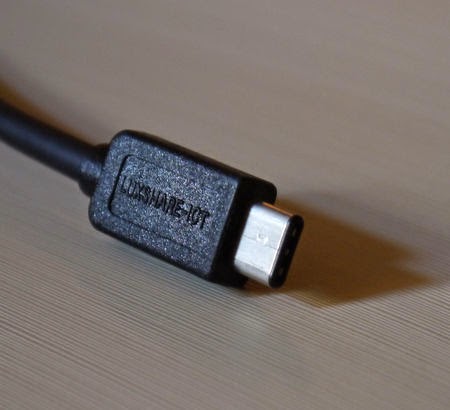#Lenovo Contrite Over Superfish Disaster, Promises No #Bloatware In The Future

Whether you believe that Lenovo was misled by Superfish (which is to say, Lenovo would be a sort of victim in all of this) or you think the company nefariously put spyware onto its products on purpose, or something in between those extremes, the company is saying all the right things at this point. The company posted (yet another) statement on its website today, offering Lenovo users an olive branch in the form of a free 6-month subscription to McAfee LiveSafe service (existing subscribers get a 6-month extension) as well as a pledge to stop loading bloatware on its PCs in the future. "The events of last week reinforce the principle that customer experience, security and privacy must be our top priorities. With this in mind, we will significantly reduce preloaded applications," read the post. Lenovo also stated that it will begin this practice right away. The company also promised to be transparent about any software that it henceforth does include on its sys





















